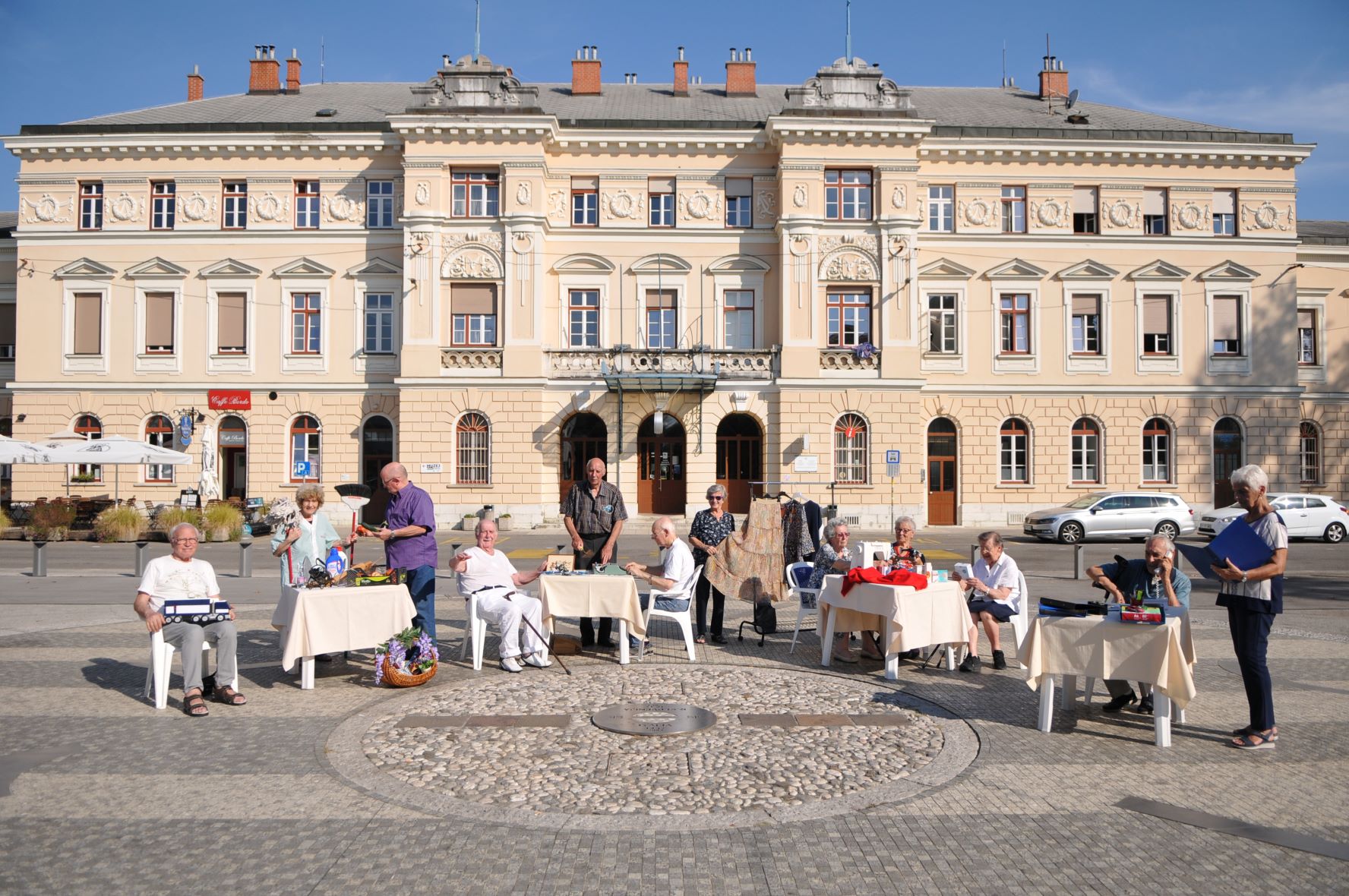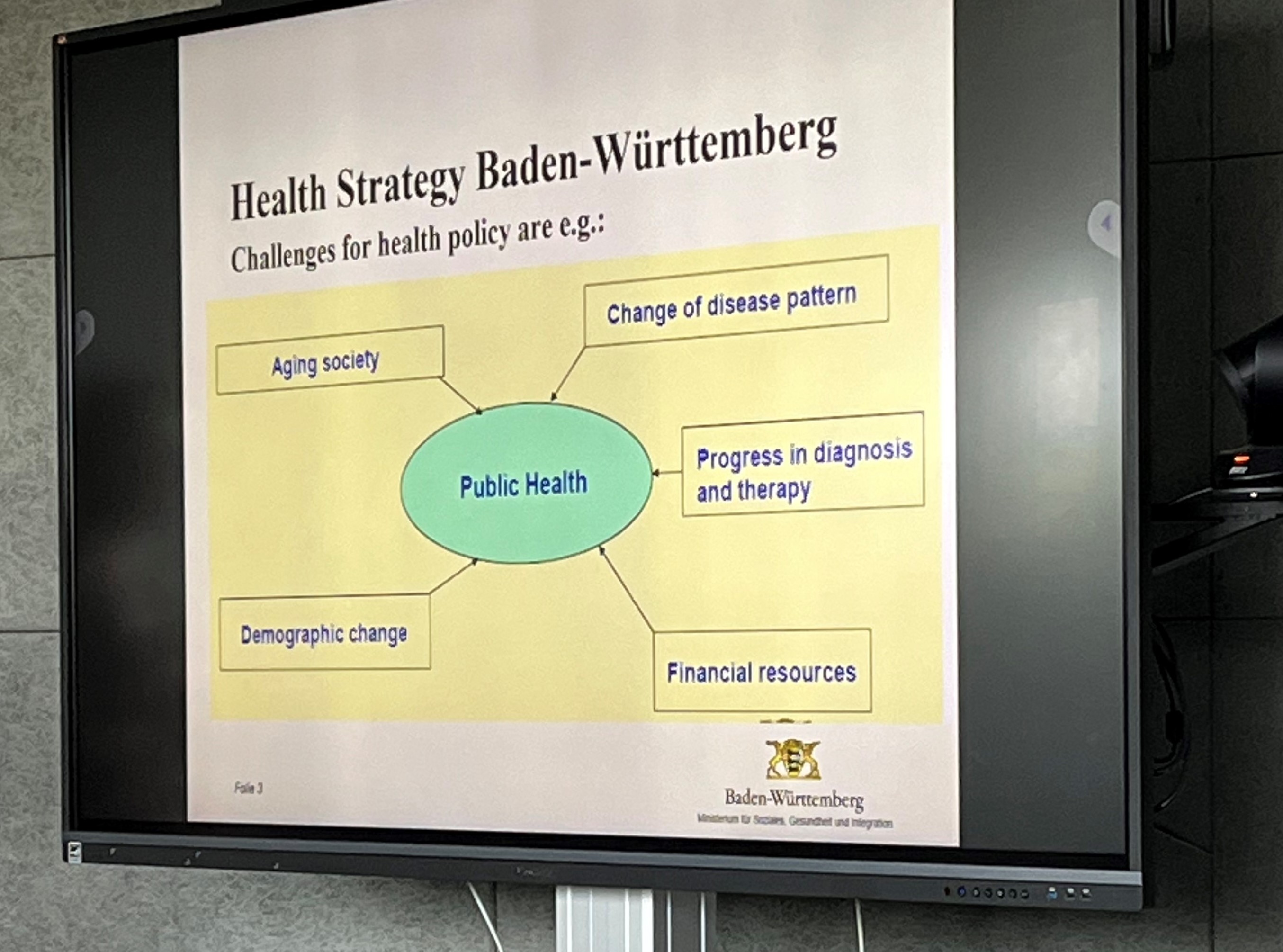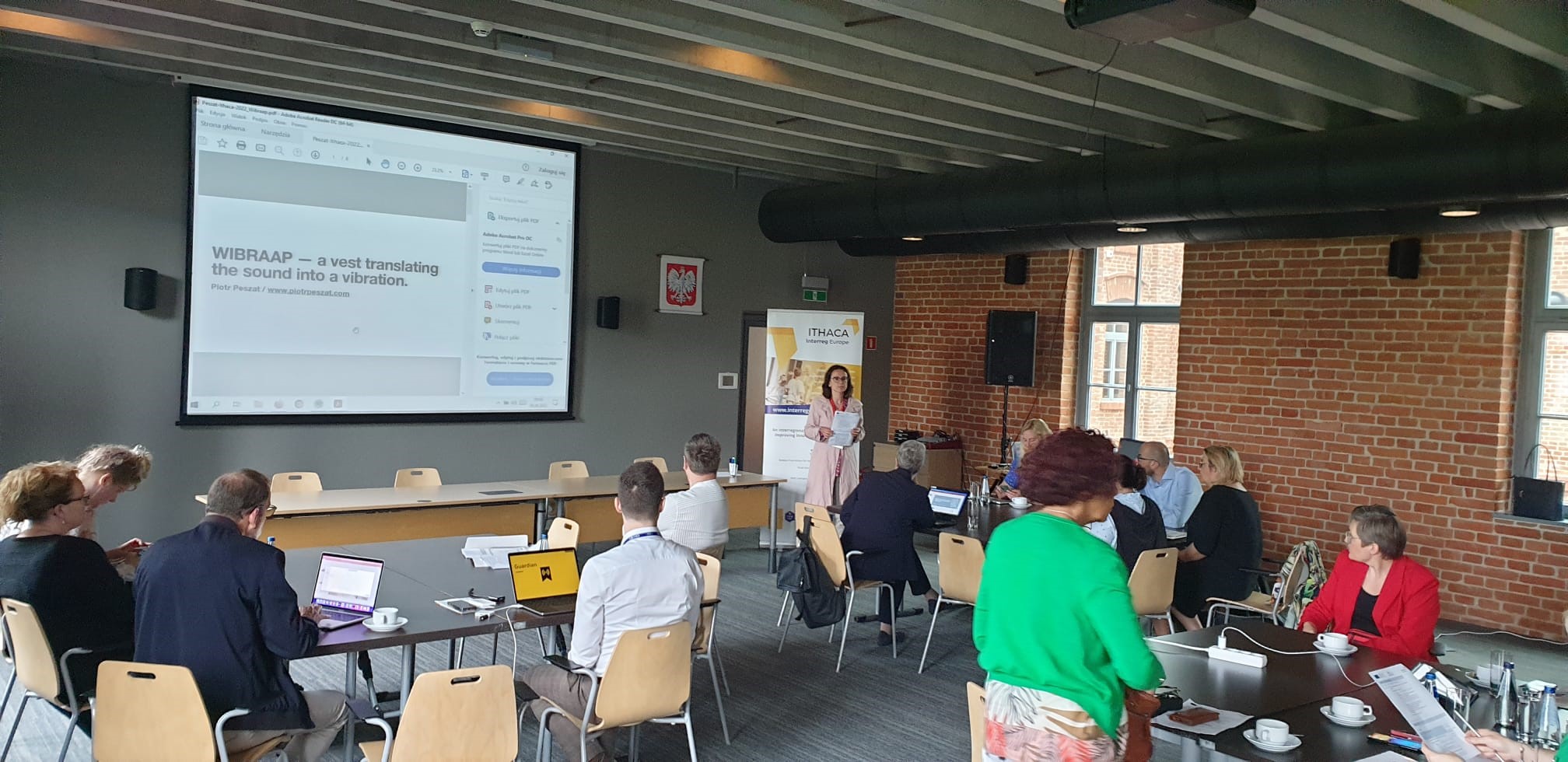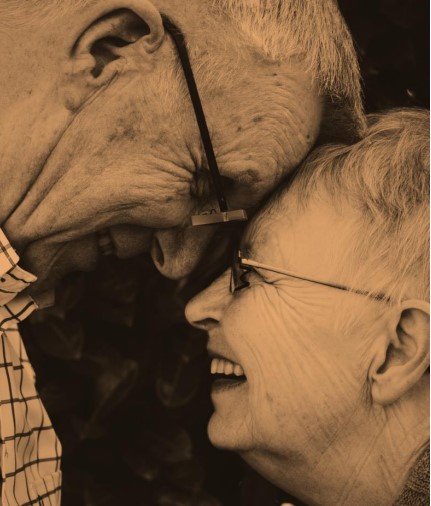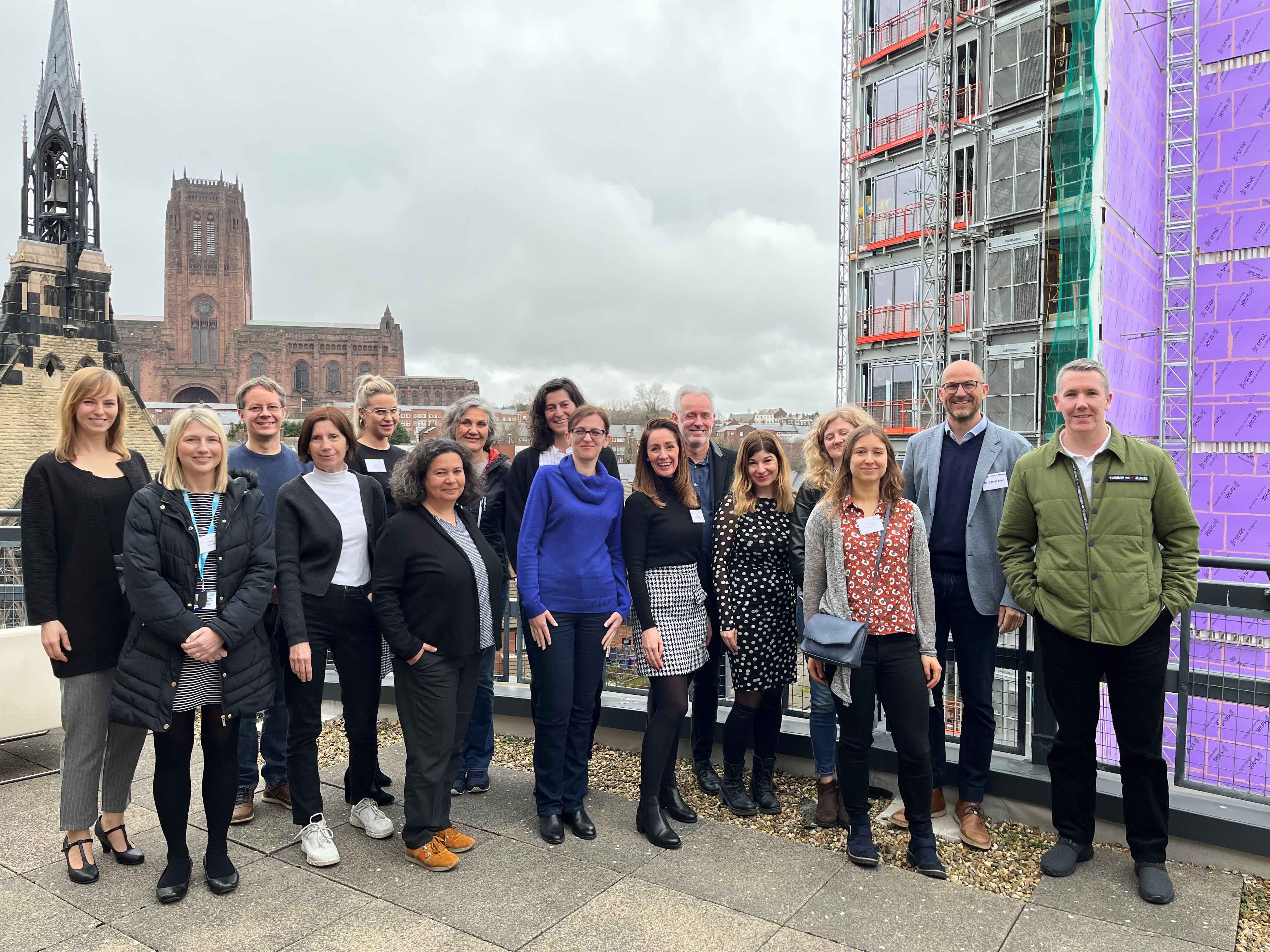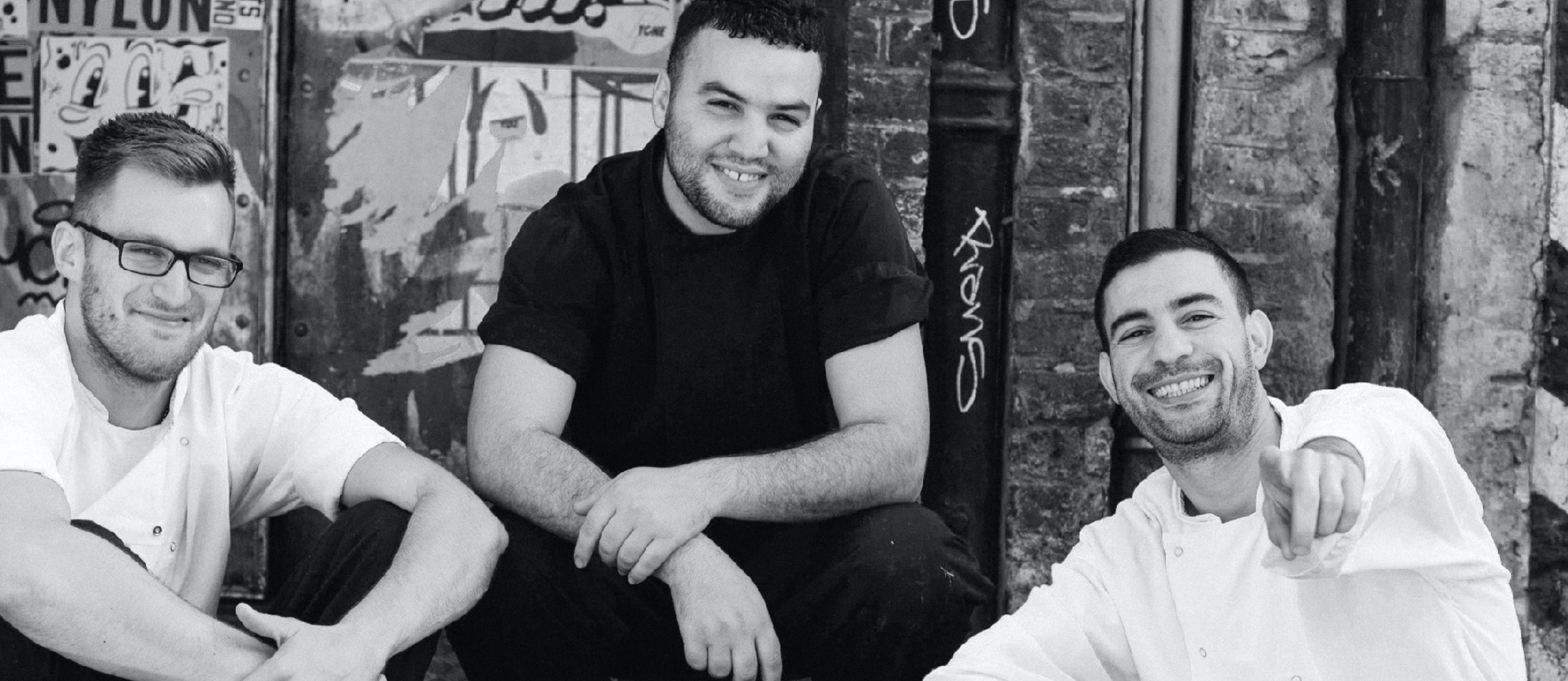In the future, it will be easier for companies in Baden-Württemberg who specializes in healthcare products and services to get access to the desired feedback from patients and health- and care professionals using them. The State of Baden Württemberg has recently approved regional innovation strategies within the framework of the RegioWIN 2030 program, which included an application to set up a trans-county living lab across the counties of Reutlingen, Tübingen, and Zollernalb.
- We wanted to set up a living lab in our ecosystem, and exchange activities carried out within the framework of the ITHACA project, locally and trans-regionally, have provided the relevant basis. The concept as such received good reviews, so it is being funded. So that is a good thing, says Sandra Evans in charge of project development and management at the University of Tübingen.
The approval means that the living lab project is qualified to inter alia apply for ERDF-funding for an overreaching plan, which is broken into smaller projects that require different funding instruments to fully support the development of the living lab infrastructure.
Oh my God, what a concept!
The University of Tübingen was able to collect relevant experience by being a test site in trans-regional co-creation workshops that were supervised by LiCalab, an established living lab in Flanders. The task was to collect feedback on blister packaging design to make the intake of medication informative and easy to adhere to. Eight people who regularly take medicine were invited to a co-creation workshop. Mock-ups were provided to the users.
- One of the primary questions concerning the layout as if the users preferred a 28-day or a 31-day layout. The overwhelming response was: Oh my God what a concept! 28 days is perfect! Who cares about dates? What is more important is the intake of medicine from Monday to Sunday. So, that was interesting feedback they collected, says Sandra Evans.
Further information collected in the co-creation workshop was on the design, size of the letters, and amount of space available for people to write on the blister. The next step was a human factor study, where the handling of the blister packaging was observed and how they broke out the tablet. This information flowed into the next prototype of the packaging.
Put the puzzle stones together
Living labs have access to a variety of methodologies to support the decidedly user-centered and iterative development of solutions in the different phases of the innovation process, from idea development to prototype testing, validation, and market entry. It will be a different construct depending on whether it is a service or some technological product.
- The LebensPhasenHaus, an innovation infrastructure that focuses on the topic of independent living and ageing societies, forms the core of a living lab to develop social and technological, and digital innovations in the health and care sector. The living lab approach as such is user-centered and systematic, specifically should also be carried out in a real-life environment, says Sandra Evans.
As there are different methodologies and different constellations of actors that need to collaborate, it is necessary to build a big network of different actors and infrastructures that can contribute to the project. Now the work begins to put the many, many puzzle stones together.


